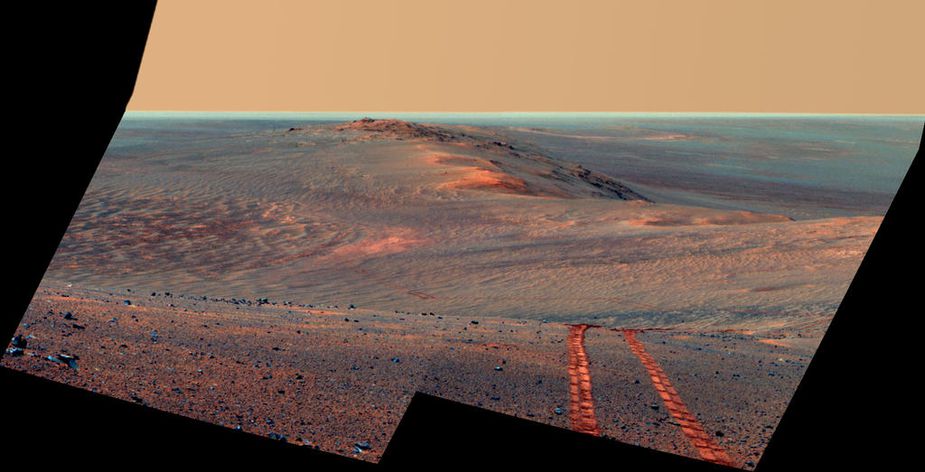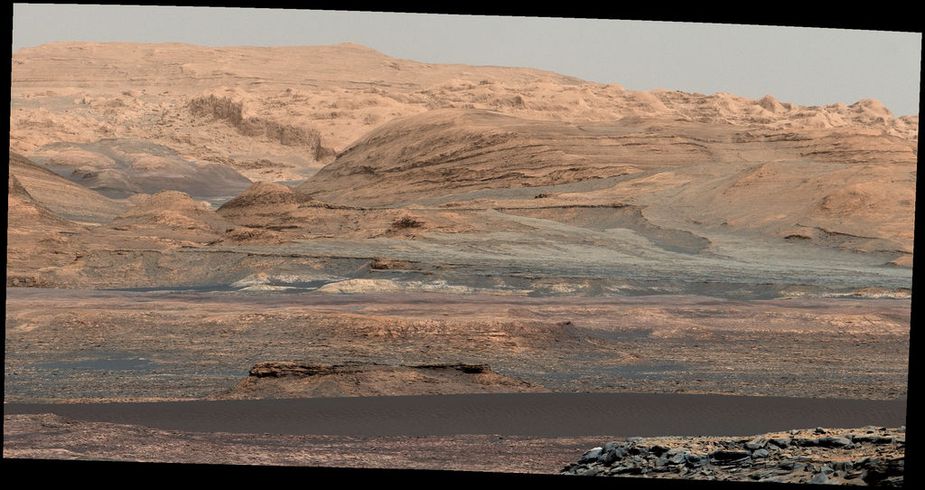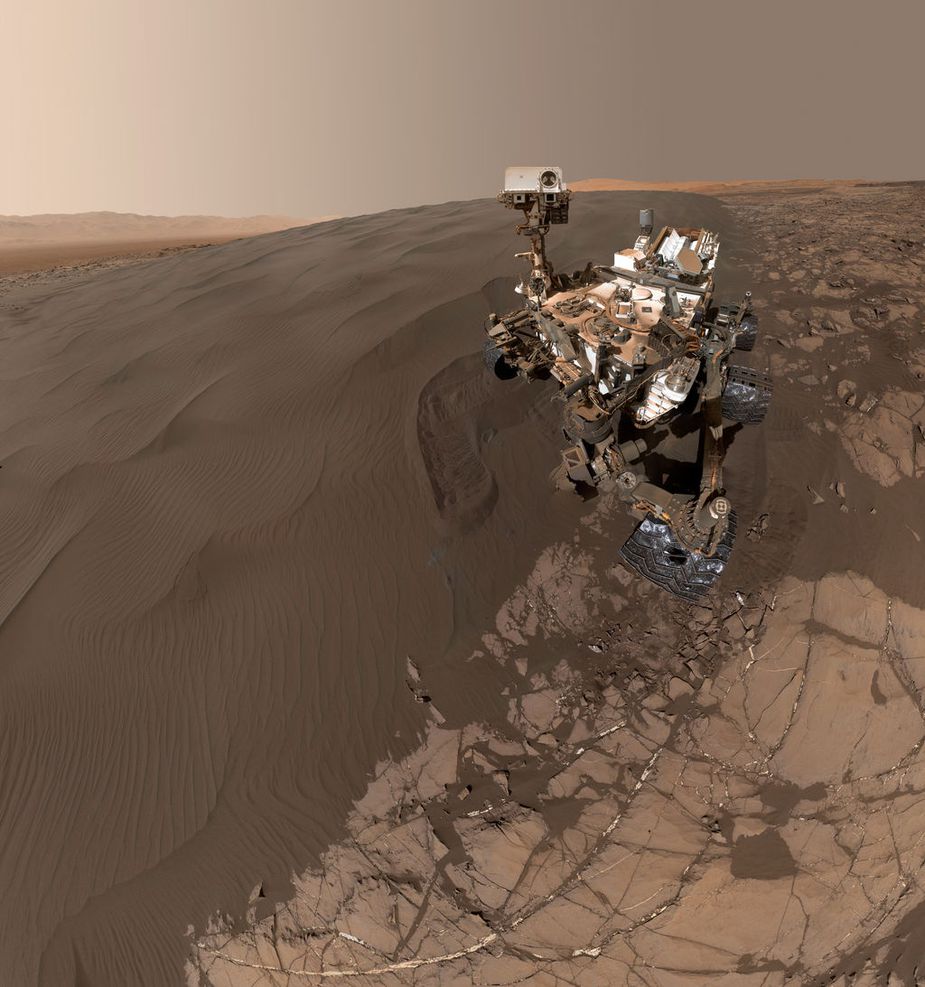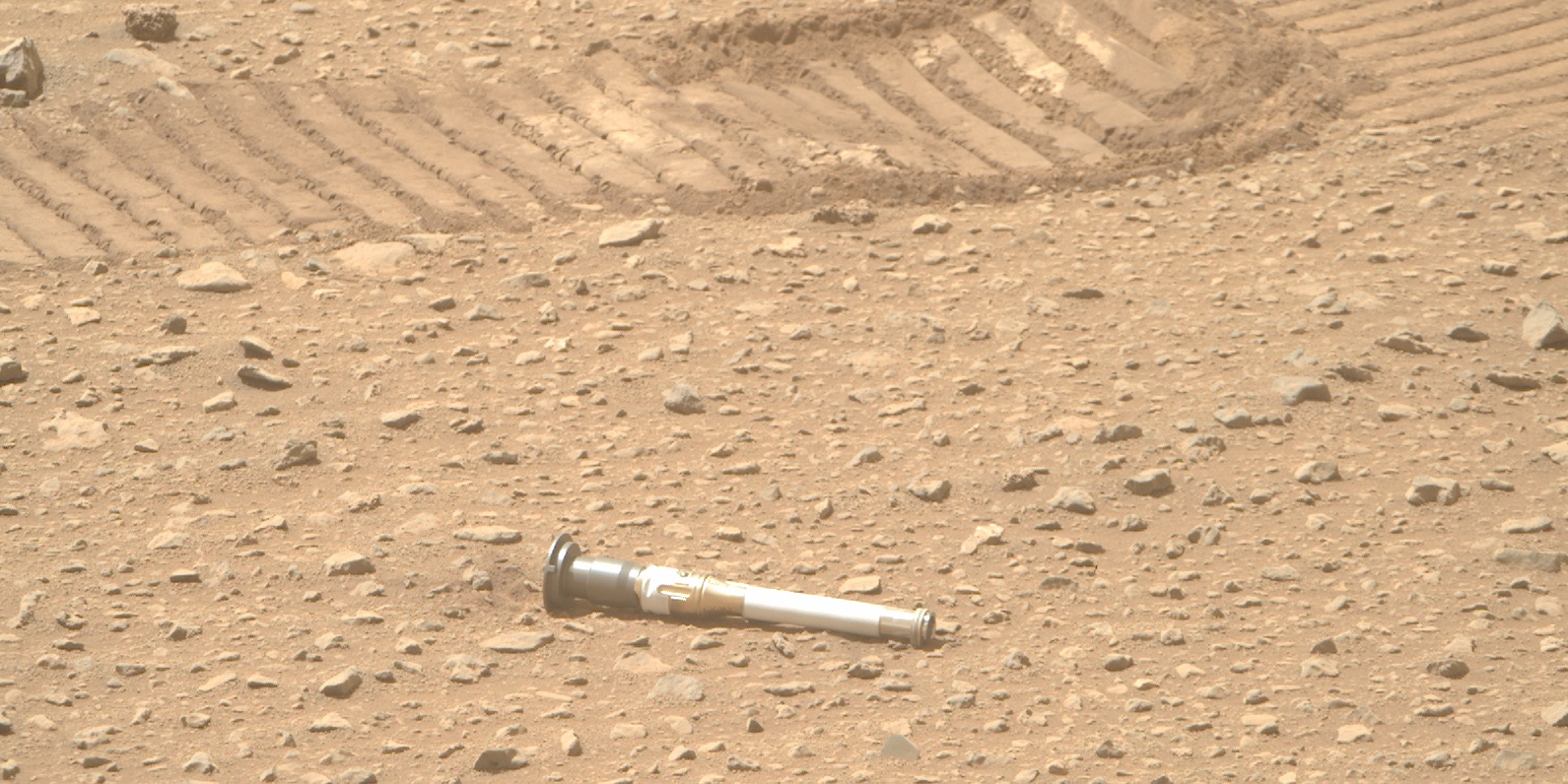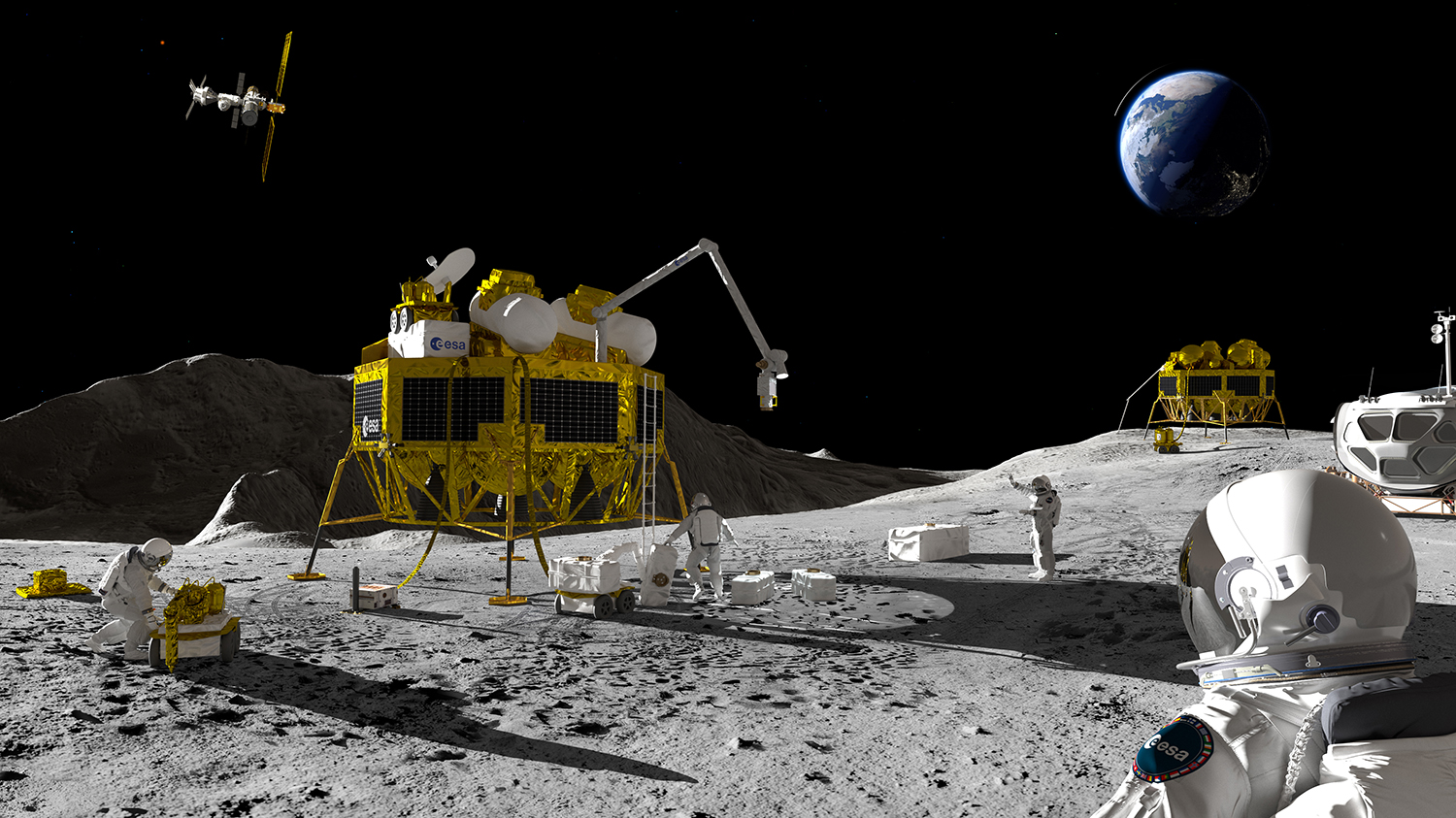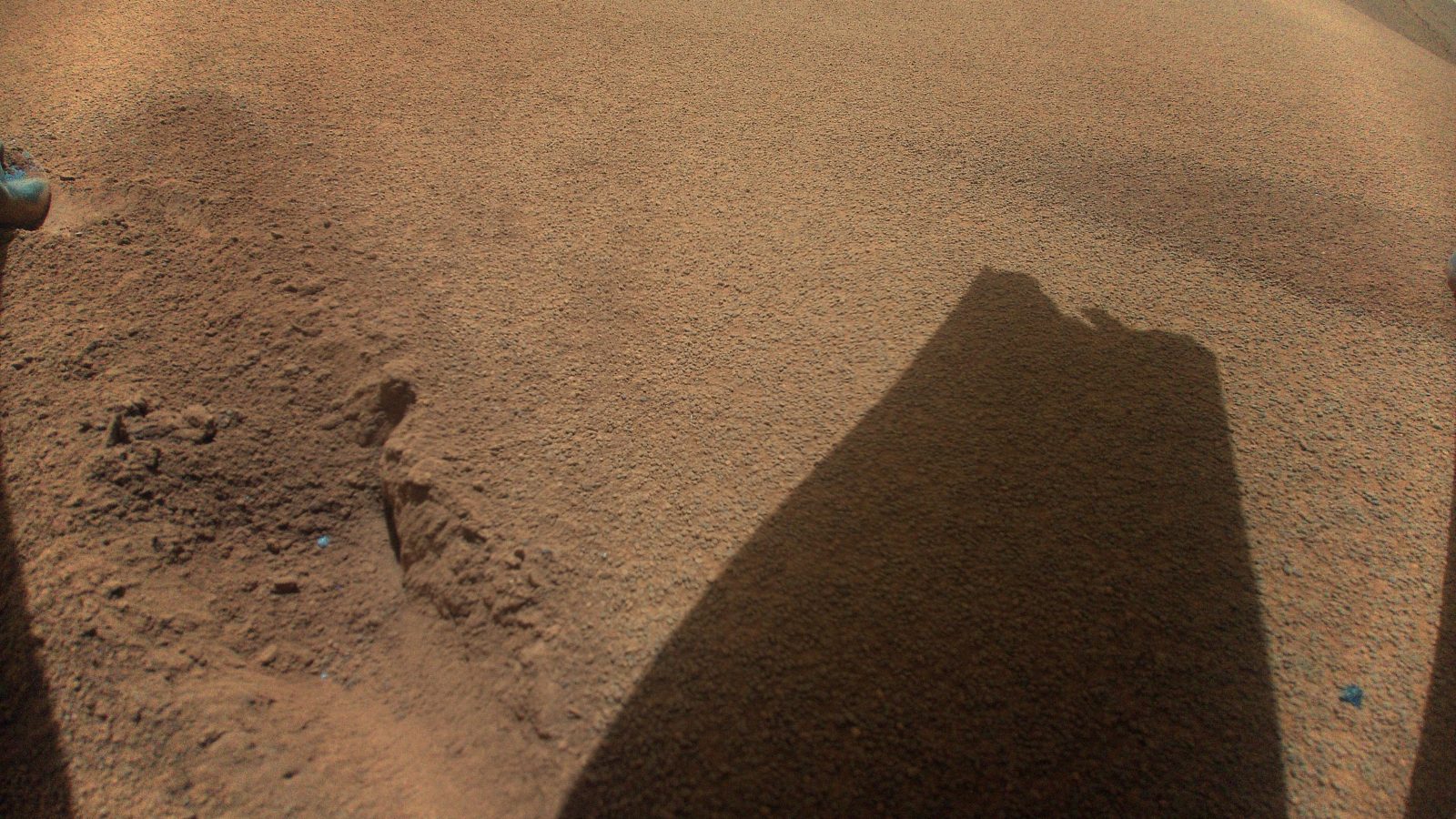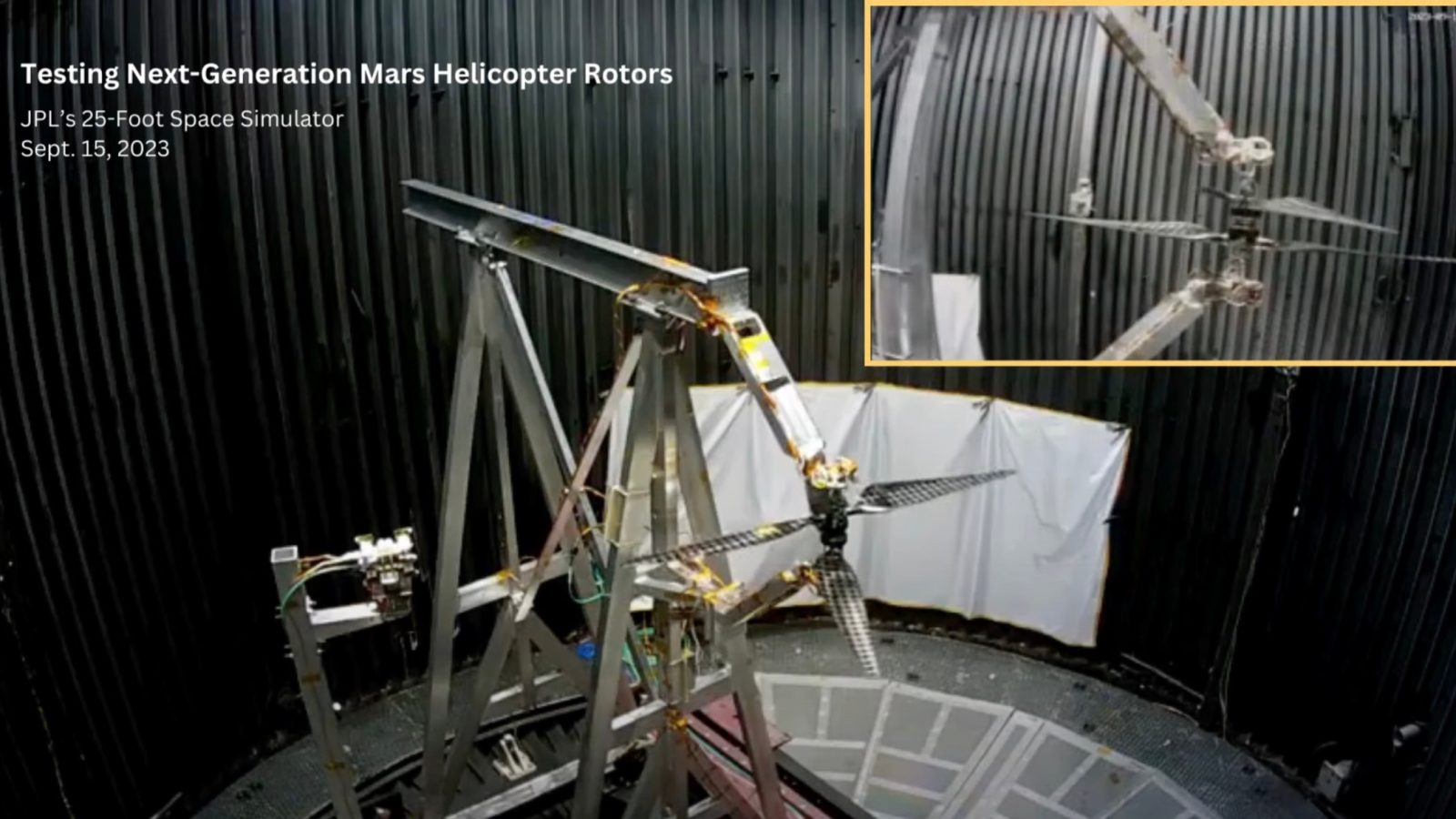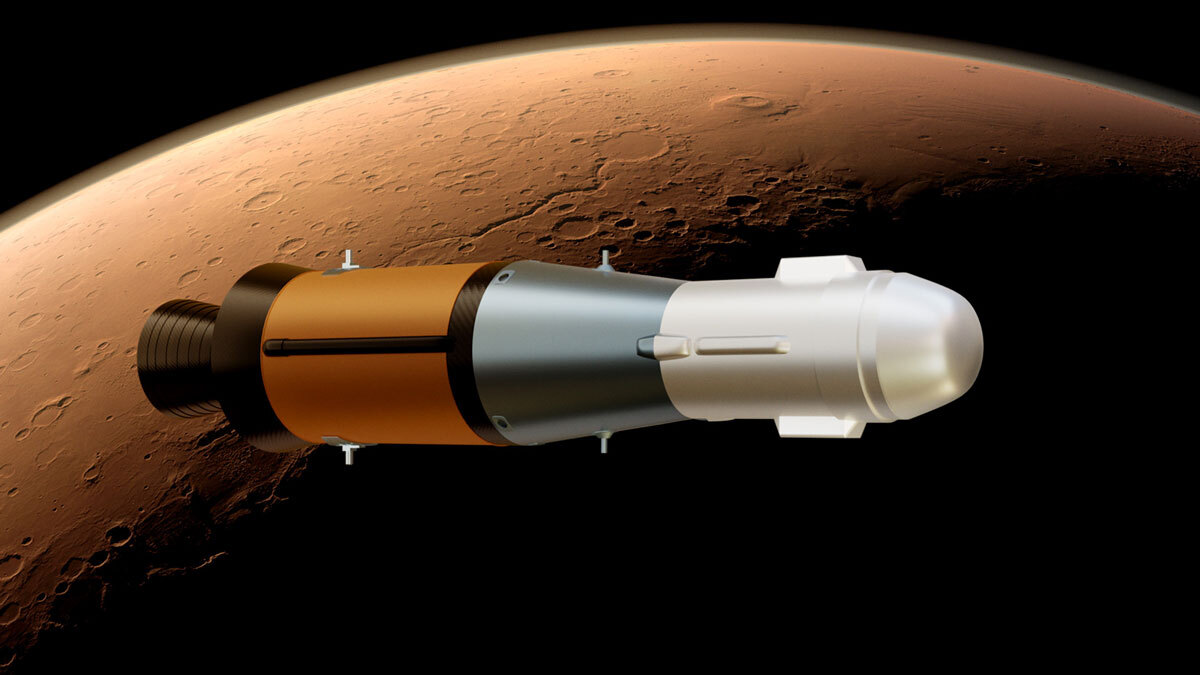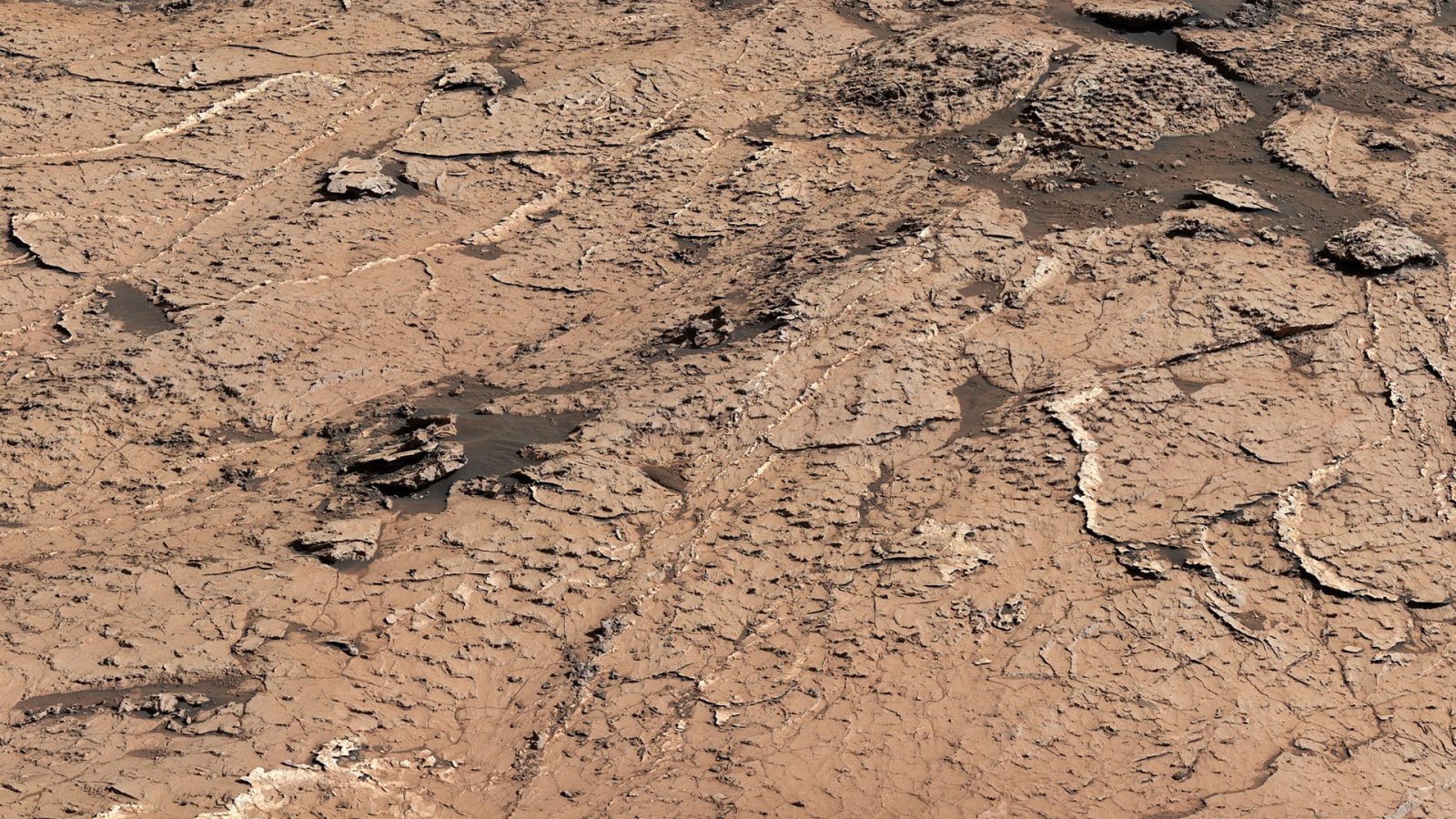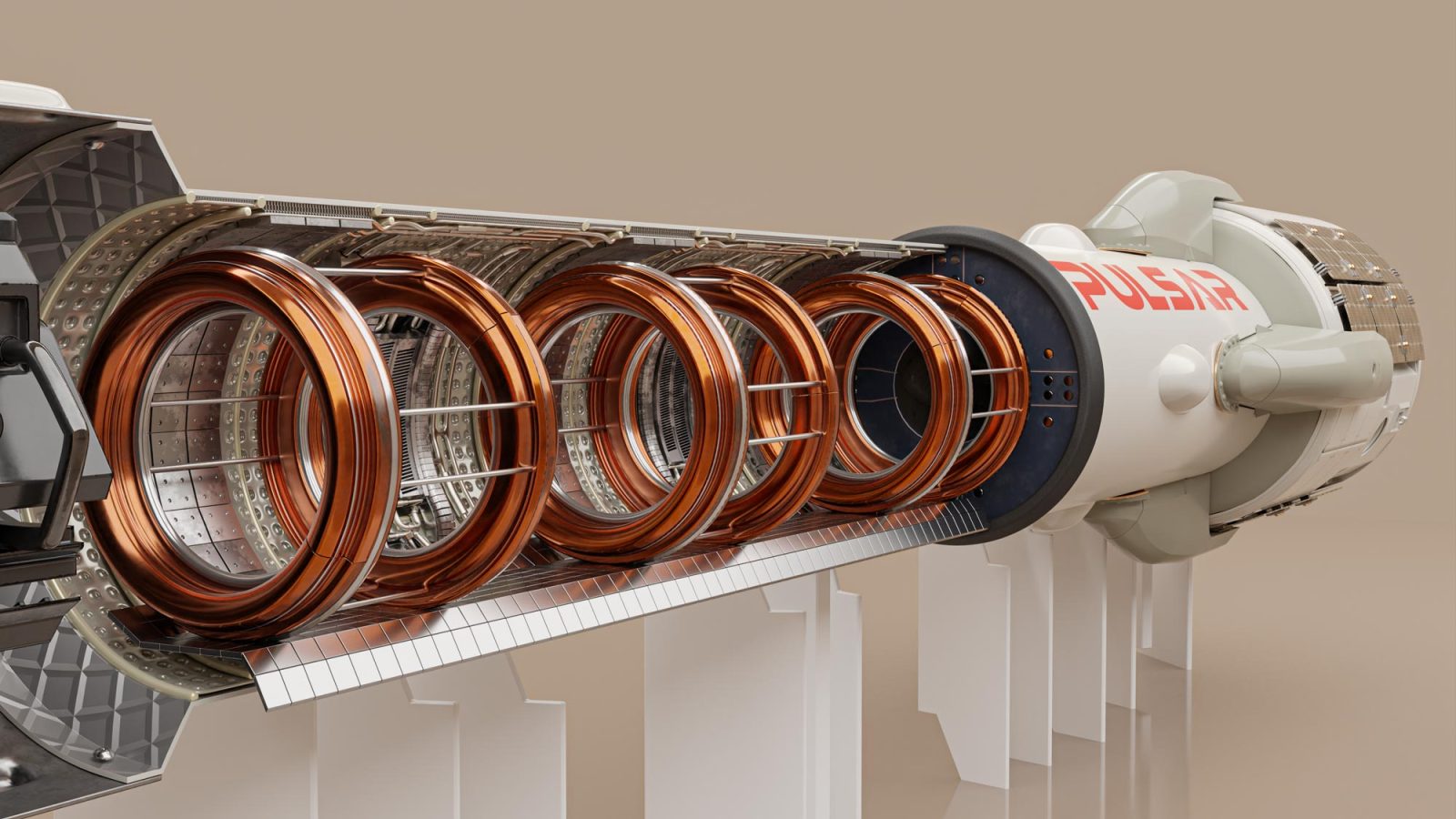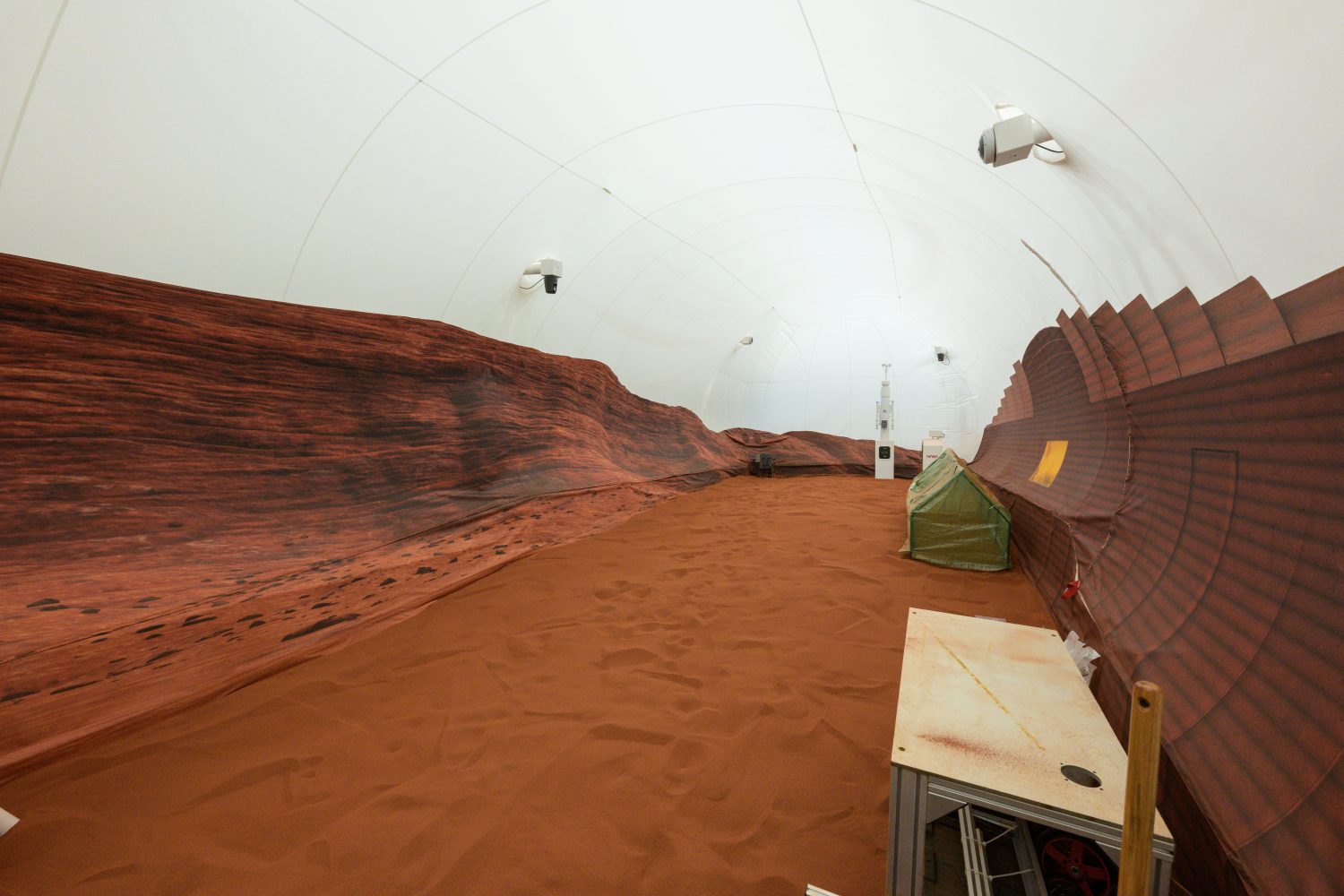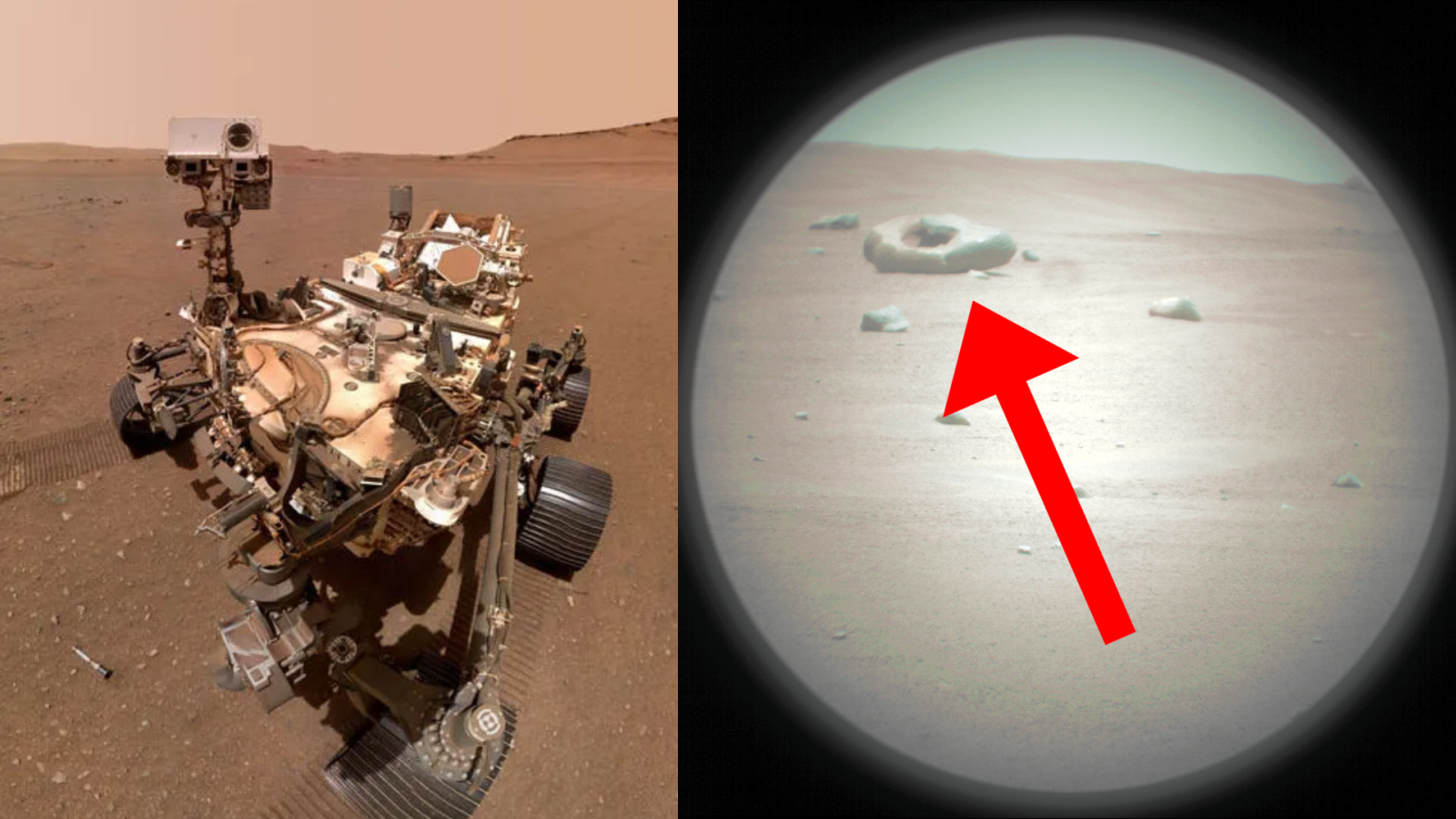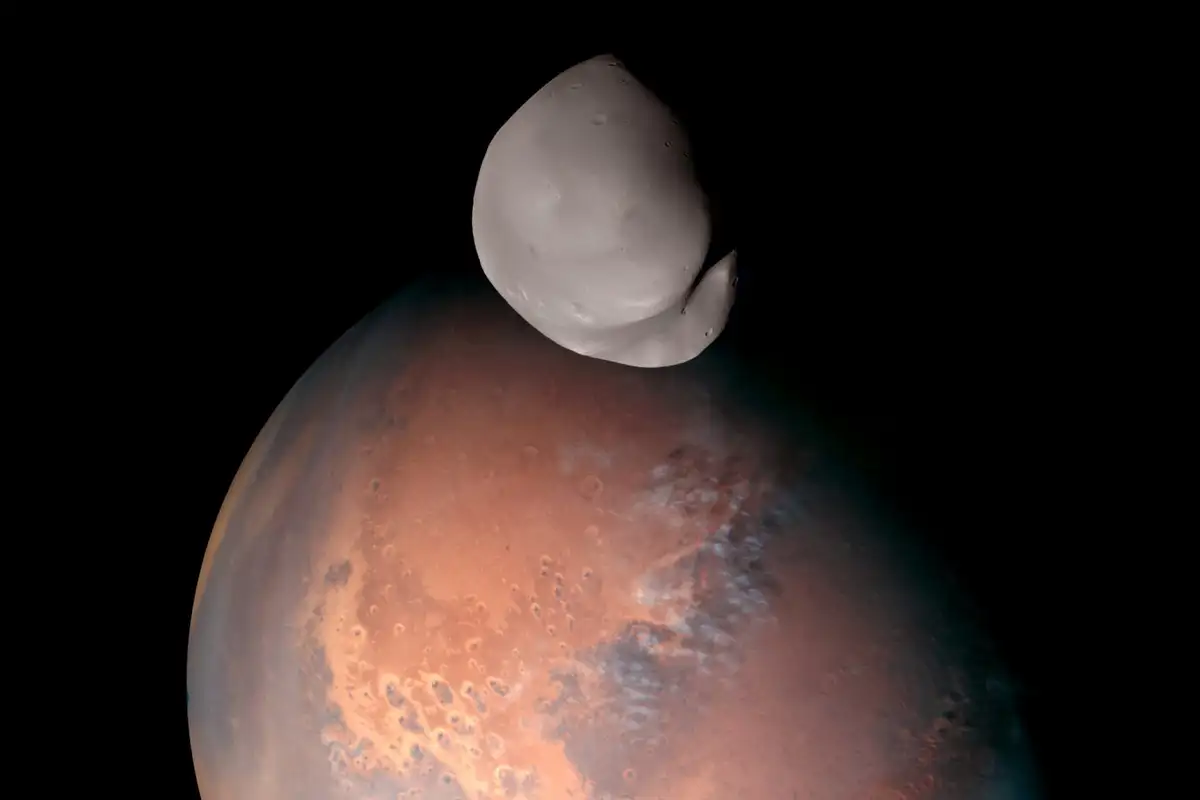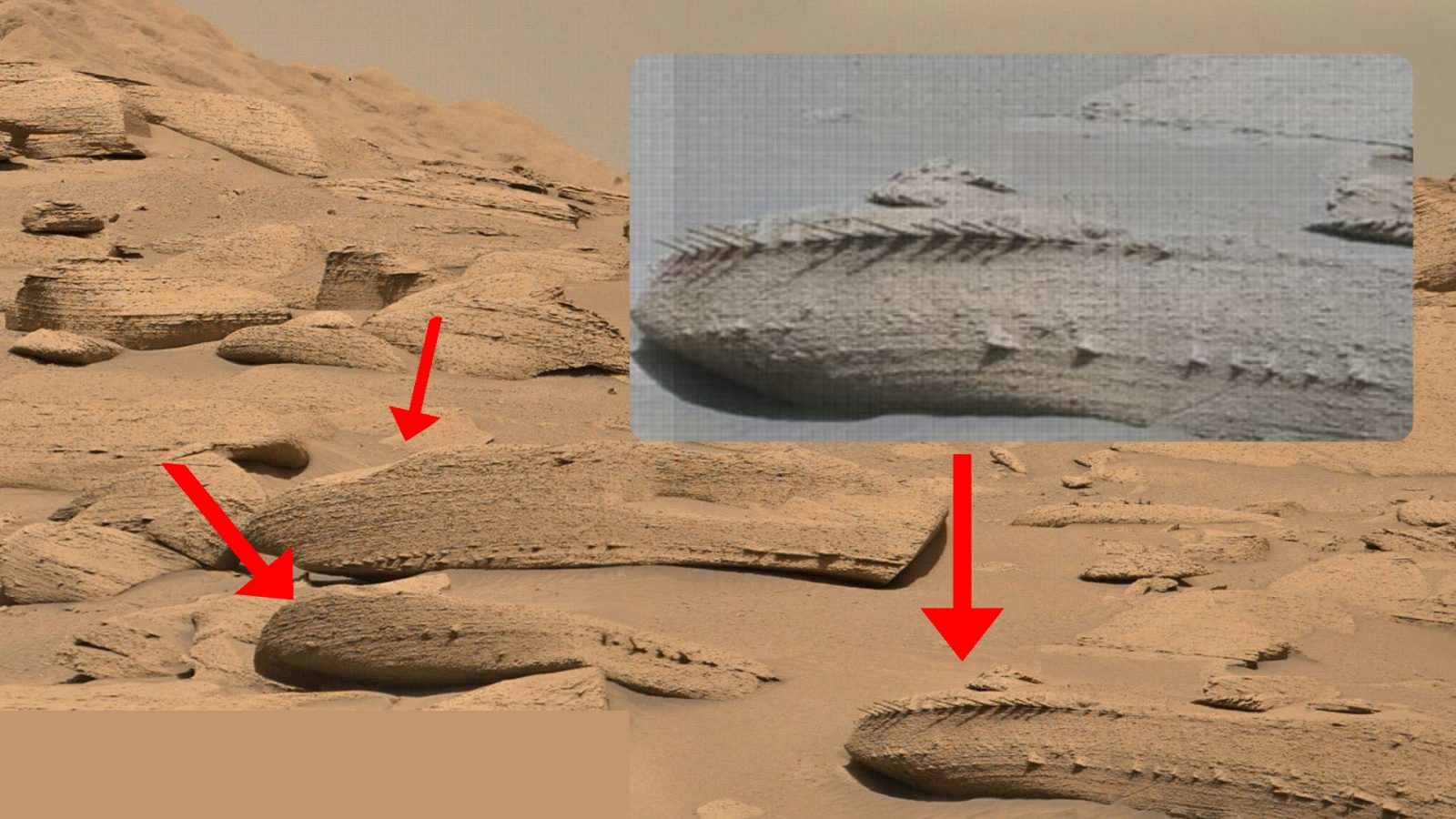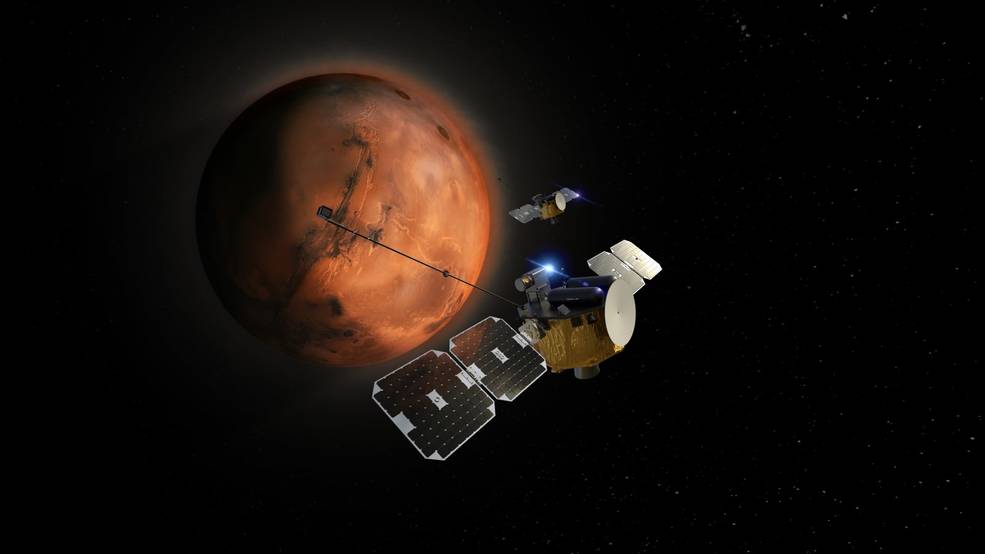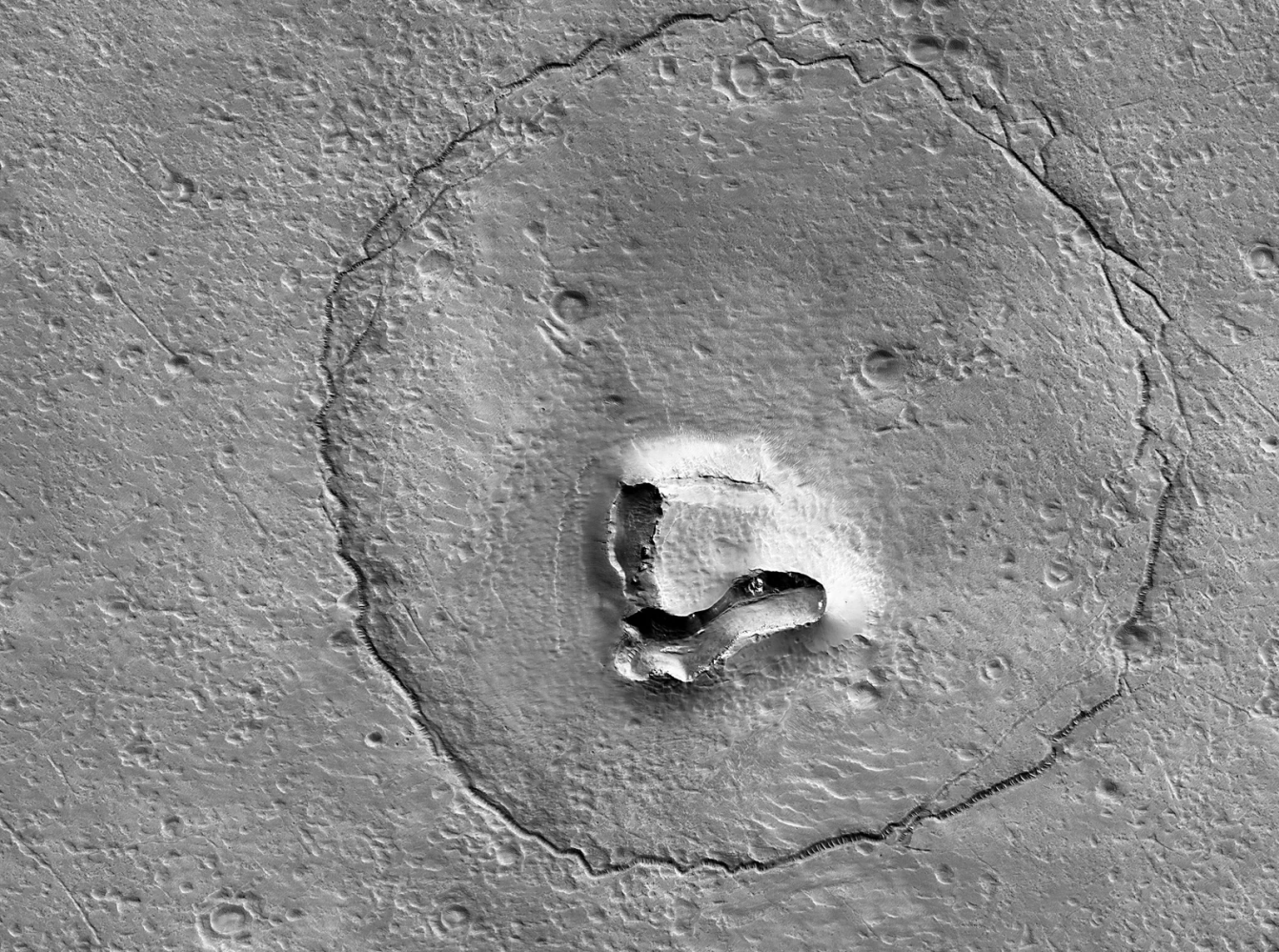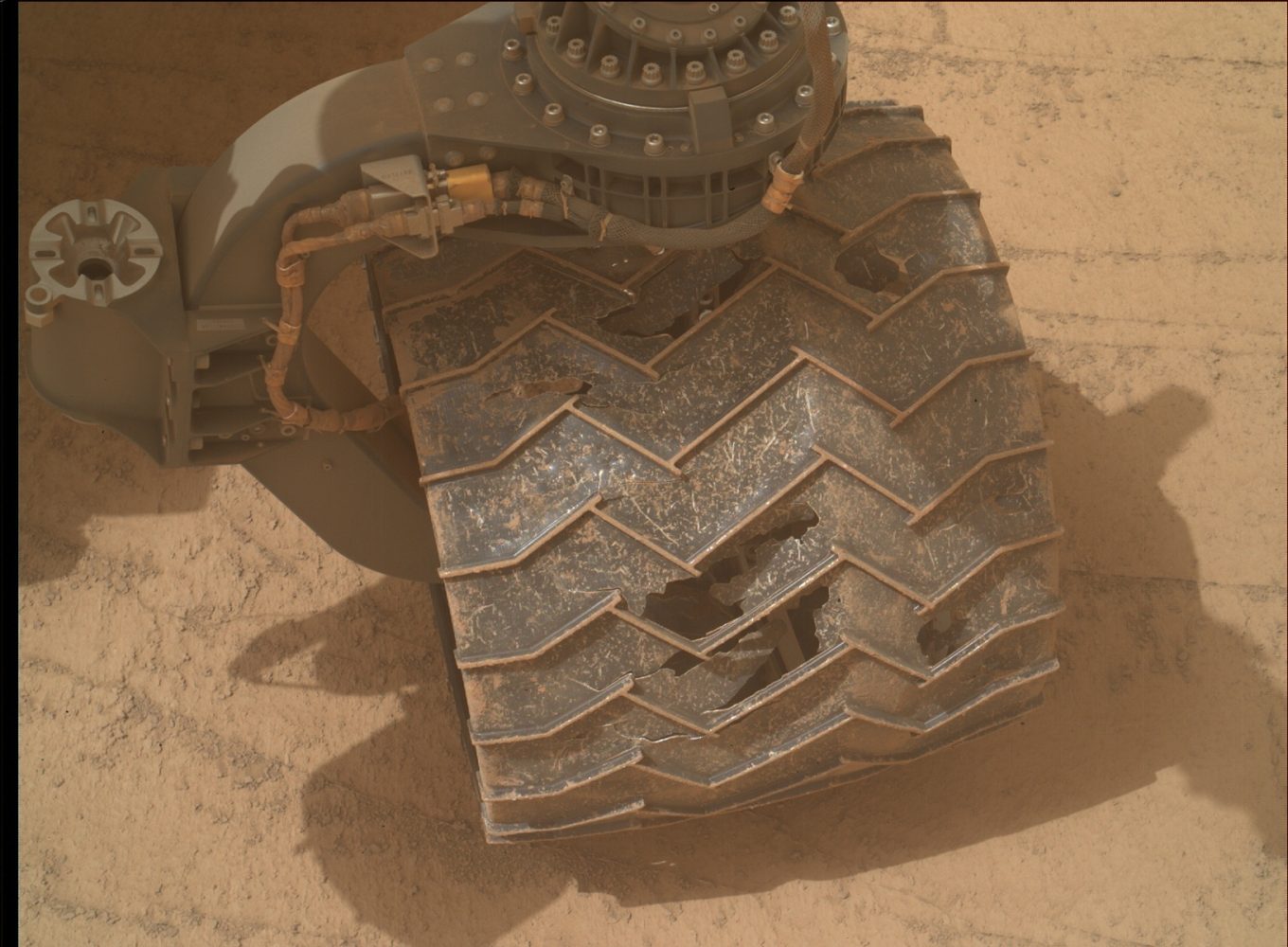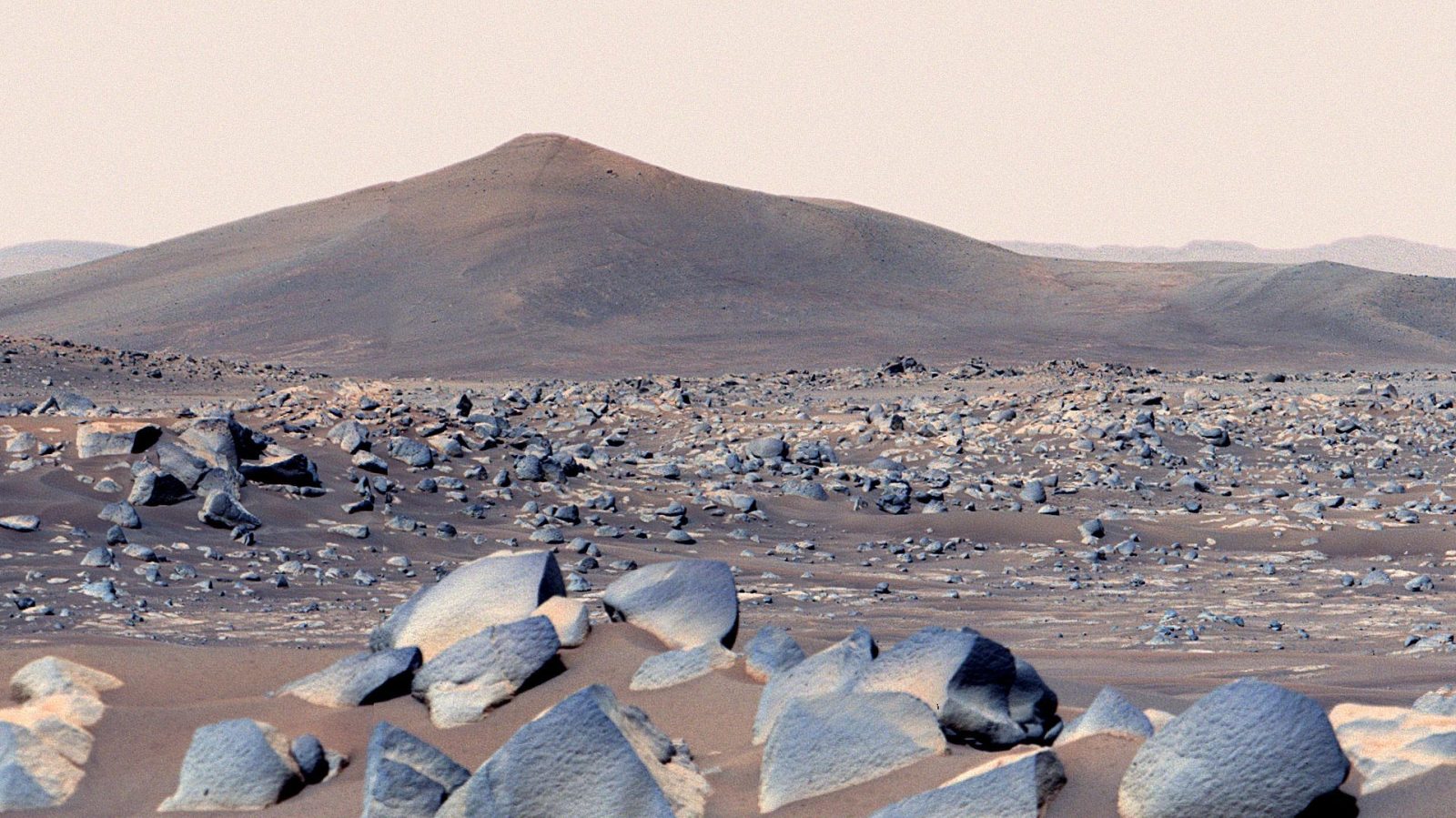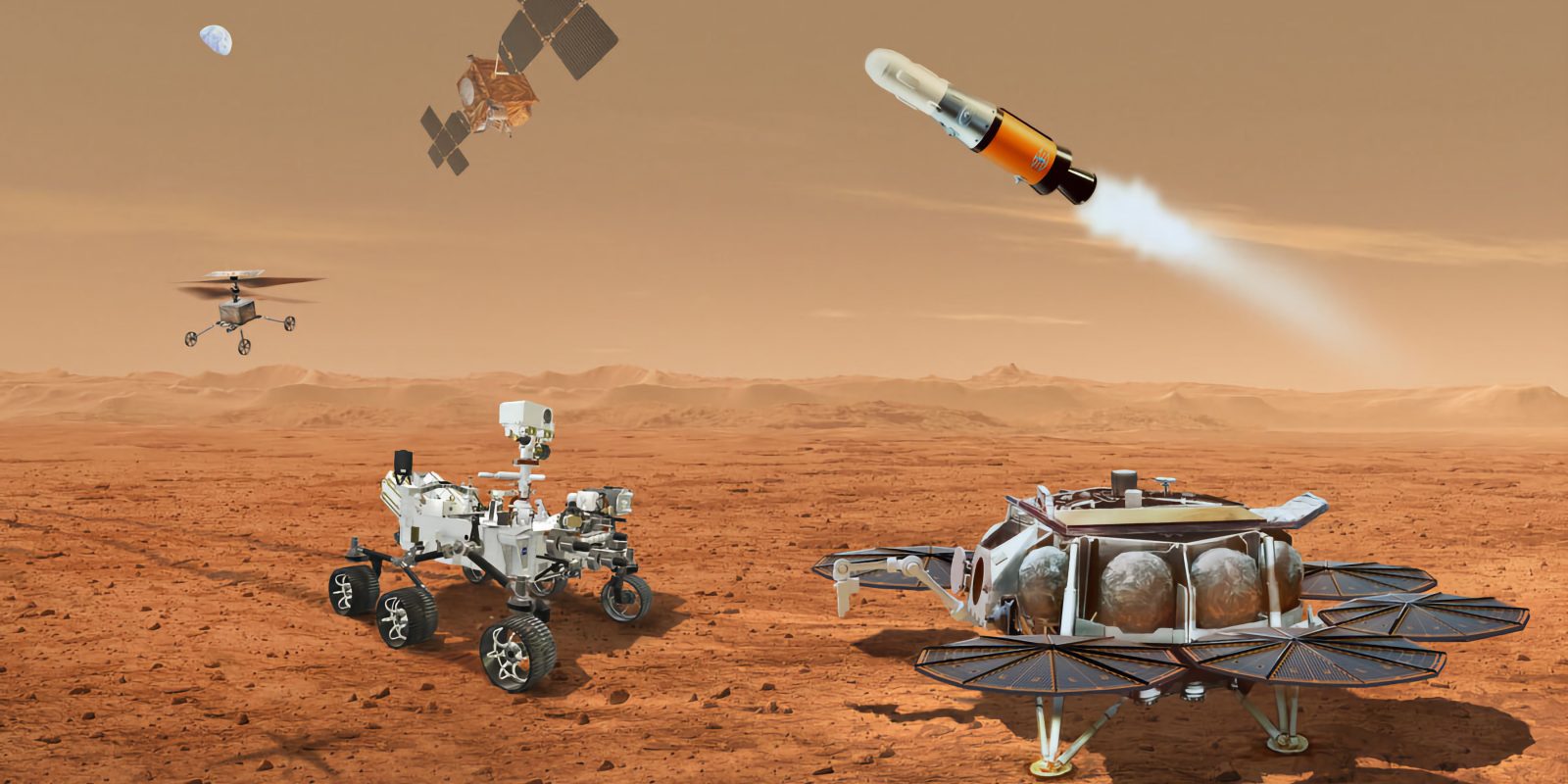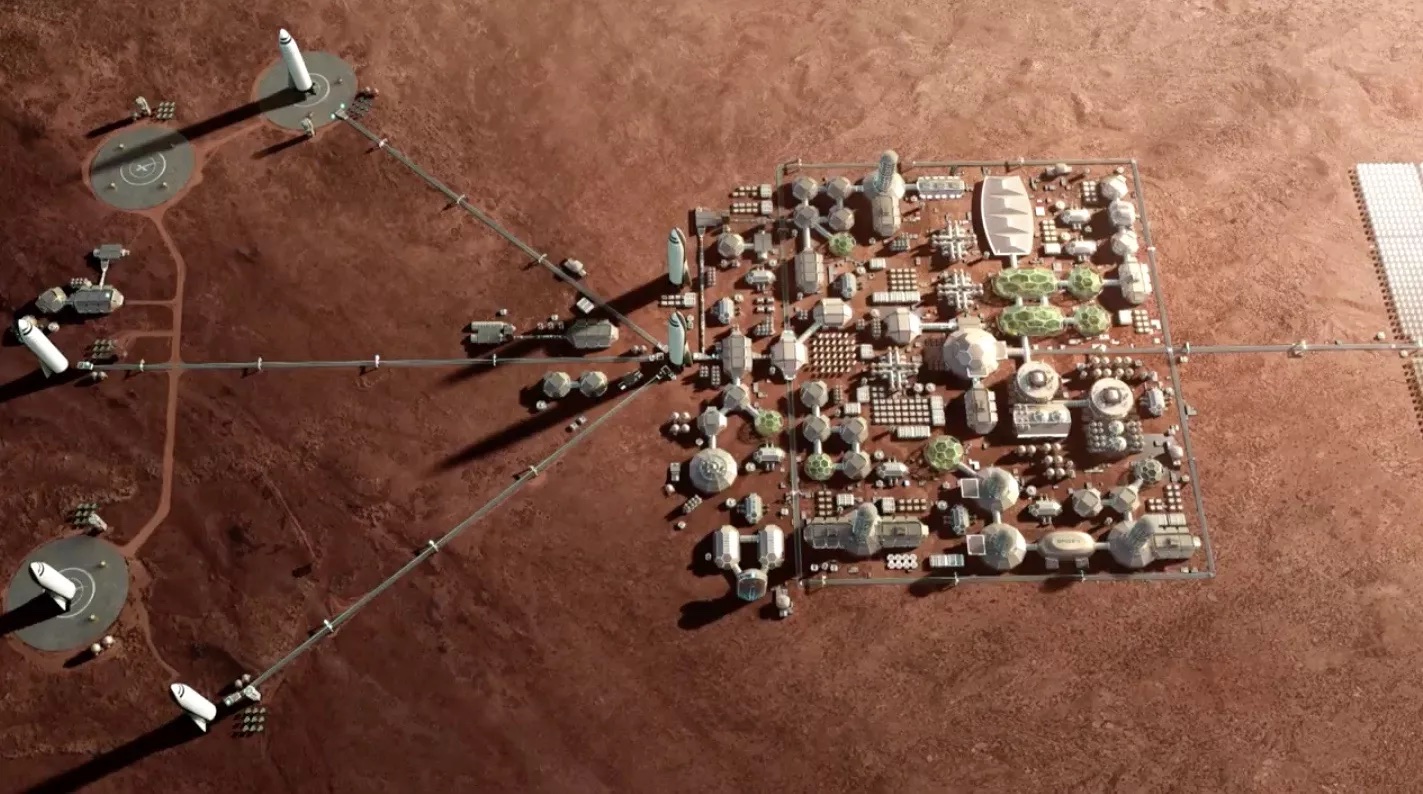Mars
"The red planet"

Mars, named after the Roman God of war, is the second-smallest planet in our solar system. Often referred to as “the red planet” due to its red appearance caused by the iron oxide on its surface. Features of the planet include impact craters, valleys, deserts, and large polar ice caps.
The planet has been explored by many unmanned spacecraft, including Mariner 4, Mars Pathfinder, Mars Express, and many more.
Traditional life here has been deemed as likely, even more so under the surface due to underground water.
Important Stats
- 4th planet from the Sun (142 million miles)
- 2 moons
- 4,220 miles in diameter
- 25 degree axis tilt
- 687 day long years
- 30% of Earth’s gravity (3.71 m/s²)
- Average temperature of -81 degrees F
- Atmospheric makeup of mostly carbon dioxide with little water vapor
Moons
- Phobos (fear)
- Deimos (panic)
Surface Photos
